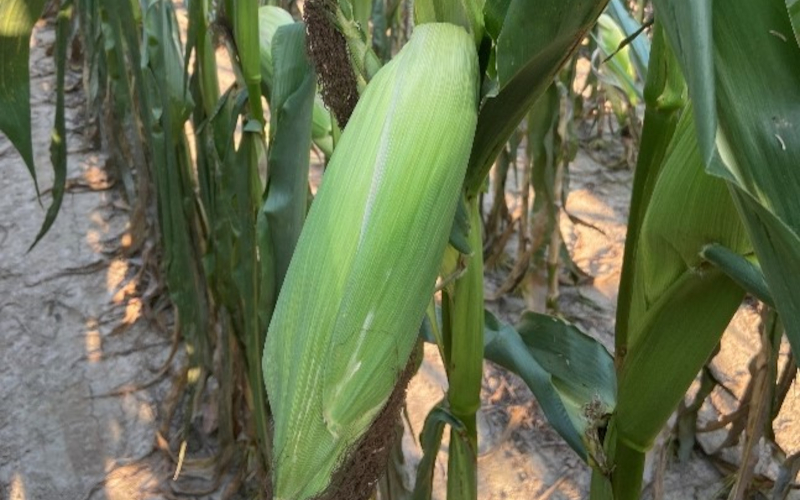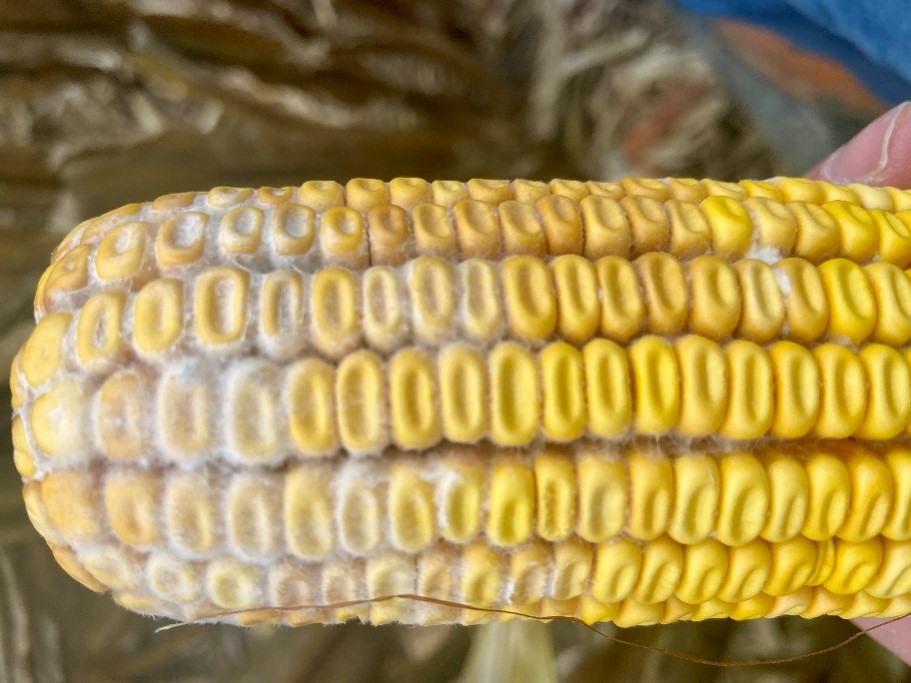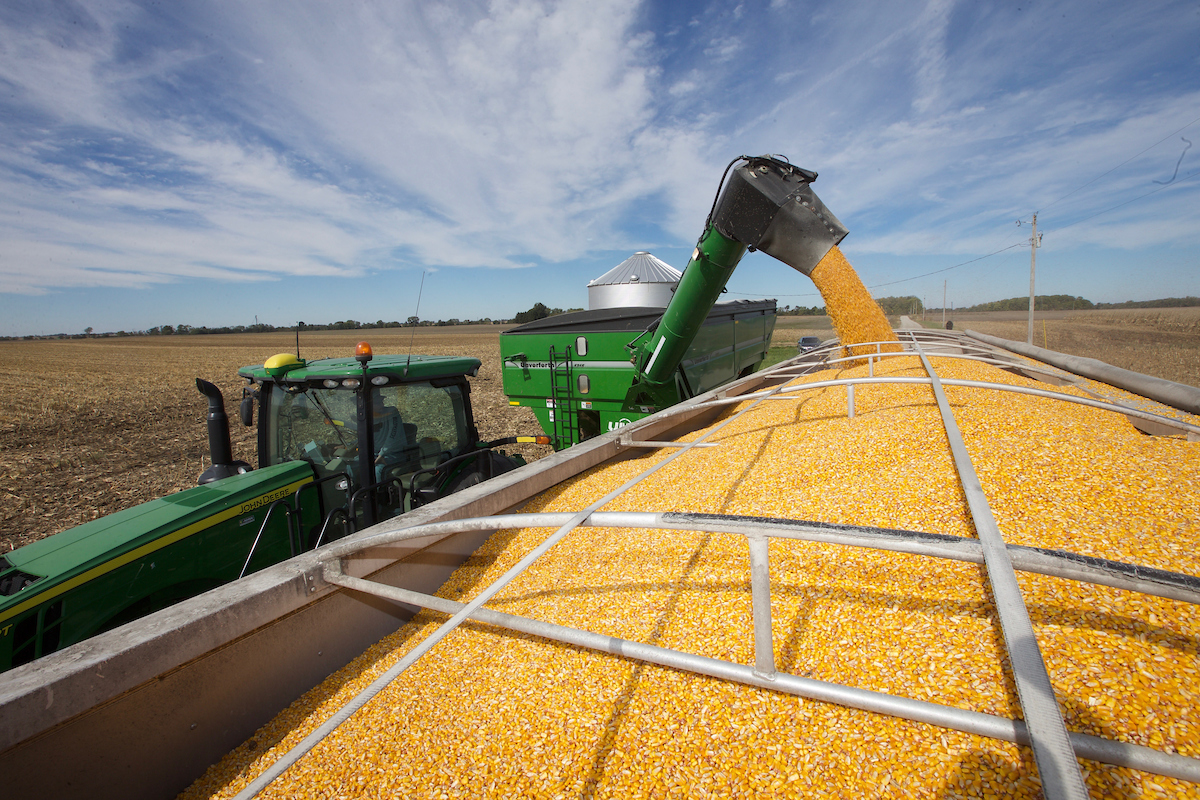How Does Wildfire Smoke Impact Corn Growth?
In recent years, Indiana has experienced an increase in air quality concerns during the summer due to elevated incidence and severity of wildfires in Canada and the western U.S. In late-June of 2023, air quality warnings were issued throughout Indiana due to smoke caused by Canadian wildfires, which resulted in a noticeable haze and reduction in direct sunlight. Therefore, not only is this a concern for human health, the question that is also asked by many farmers is “how is the smoke impacting crop development?”. And, as you may have guessed the answer to this question can be tricky and often results in the quintessential extension answer of “it depends”.
Haze and reduced air quality from wildfire smoke can result in both negative and positive impacts on crop growth. The first negative impact is a reduction in light availability, which can reduce crop photosynthesis. For example, during the week of June 26, 2023 (when air quality concerns were the greatest), average weekly solar radiation was decreased by 32% as compared to the week prior (June 12) and the week after (June 31) in West Lafayette, IN (Purdue Univ. Mesonet). Wildfire smoke in the atmosphere can reflect portions of incoming sunlight, thus reducing the total amount available to plants. Reductions in light availability from wildfire smoke are more likely to impact corn than soybean. This is due to corn being a C4 photosynthesis crop and having a higher light saturation point (the point at which further increases in light do not increase photosynthesis). Soybean is more susceptible to changes in CO2. The second negative impact caused by wildfire smoke is an increase in ground-level ozone. Ground-level ozone can be both harmful to human health and crop growth. Wildfires can emit various air pollutants which can form ozone when reacted with sunlight. Ozone can cause harm to both corn and soybean by entering the plant through the stomata and causing harm to plant tissue during respiration. Since both reductions in sunlight and increases in ozone can cause photosynthesis reductions, corn may also be inclined to remobilize carbohydrates from the stalks later in the season to satisfy grain fill requirements, thus increasing the potential for weak stalks and lodging prior to harvest.
In contrast to negative impacts caused by reduced sunlight and increased ozone, wildfire smoke in the atmosphere can also have positive effects on crop growth. One positive effect is that not only can wildfire smoke reflect sunlight, it can also scatter sunlight. By scattering the light, this can allow light to penetrate deeper into the crop canopy and increase plant photosynthesis. Furthermore, when light is scattered and direct sunlight is reduced, this can also lower leaf surface temperatures which can benefit crops under drought stress. Lower leaf temperatures can reduce the amount of transpiration (water movement and evaporation from the plant) needed to cool the plant and reduce overall water stress.
Overall, corn is more susceptible to the negative effects of wildfire smoke during the grain fill stages and the good news is that the majority of corn in Indiana was in the vegetative stages during the smoke presence in 2023. Therefore, minor or no yield loss is expected throughout the state. However, much is still needed to be learned about the impacts of wildfire smoke on crop growth, and as these events become more frequent, it will be important to pay attention to them in the future.
Additional Resources:
Archontoulis, S., and M. Licht. 2023. Wildfire smoke impacts on crop production. Integrated Crop Management Blog. Iowa State Univ. Ext. https://crops.extension.iastate.edu/blog/mark-licht-sotirios-archontoulis/wildfire-smoke-impacts-crop-production
Jeschke, M. 2021. Is Smoke from Wildfires Affecting Crop Yields? Pioneer Agronomy. https://www.pioneer.com/us/agronomy/wildfires-crop-yields.html
Lindsey, A., L. Lindsey, and O. Ortez. 2023. How could the haze of wildfires affect crop growth? C.O.R.N. Newsletter. Ohio State Univ. Ext. https://agcrops.osu.edu/newsletter/corn-newsletter/2023-21/how-could-haze-wildfires-affect-crop-growth





